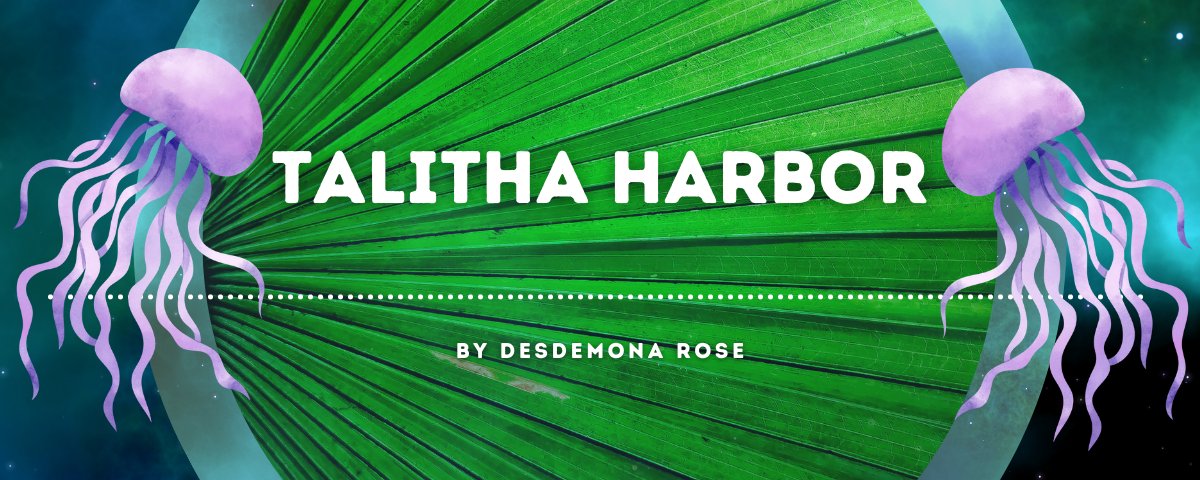Giant Kunzite Fly
These are large flying creatures that are somewhere between an ancient arthropod and Earth evolved dragonflies. They have segmented carapace and long wings that resemble that of a dragonfly. Their wings are slightly thicker than that of the Earth dragonflies. Their bodies can reach a length of 6 inches and their wing span can grow up to 31 cm long. They have some impressive looking mandible's on their head that hang down slightly, large antennae that point behind them, and two thin tails coming out of the back of their abdomen.
Their base color is a pale green, but they will sometimes have blue accents, giving them a almost jeweled look. They didn't have many natural predators and are colored for mating purposes. Their wings match their bodies color, so the more green Kunzite flies have wings that are more green.
Giant Kunzite flies are scavengers, eating plants, arthropods, and other creatures that have died. They tend to stick to land, but will sometimes fly into the shallow parts of the coast if there is dead sea life.
Due to the heaviness of their bodies, they do not jump up and fly like one might expect from a dragonfly or similar flying insect. Instead they must crawl to an elevated position and launch themselves. They will then half fly and half glide. if they go high enough, they can go a pretty good distance. Unlike some gliding animals, they can change direction as they see fit. They just need a launch point. They can also hover in the air for short amounts of time. When doing so they will move their wings very quickly and make a low humming sound.
History
The Giant Kunzite Fly was the first non-plant form that the newly arrived Talithan's saw. There was some worry that they would be harmful given their size and the large mandibles. However, the flies ignored the drones and, when humans first stepped out, they were mostly ignored as well. They soon realized that the Kunzite flies didn't care about their presence. They only wanted the dead and rotting. After some discussion among the Earth biologists, they decided to call them Giant Kunzite Flies. They made them think a little bit of dragonflies, though they were much denser. The green carapace and wings reminded them of the green Kunzite stone.Basic Information
Genetics and Reproduction
They mate through sexual means and lay eggs. They like to hide their eggs under dried fallen plants. They will make small nests if there is not a thick enough cover on the ground naturally. Once the eggs are laid they leave, it is up to the hatched larve to survive.
Growth Rate & Stages
Giant Kunzite flies are born in what looks like a larva stage, but they are really in a partial cocoon stage. Once they have outgrown their egg, it will break open and they will be cocooned. It only takes them 10 days to go from egg to cocoon, then another 20 days to go from cocoon larva to flying. While they are a larva they have a strong and destructive mouth that can eat through almost anything. They are less descriminating than their adult counterparts and will consume anything that they can chew.
Additional Information
Perception and Sensory Capabilities
The giant flies do have small eyes that give it some vision, though it's very simplified. They are very senstive to the smell of decay and rot, however.
Scientific Name
Flying Arthopod
Geographic Distribution



Comments